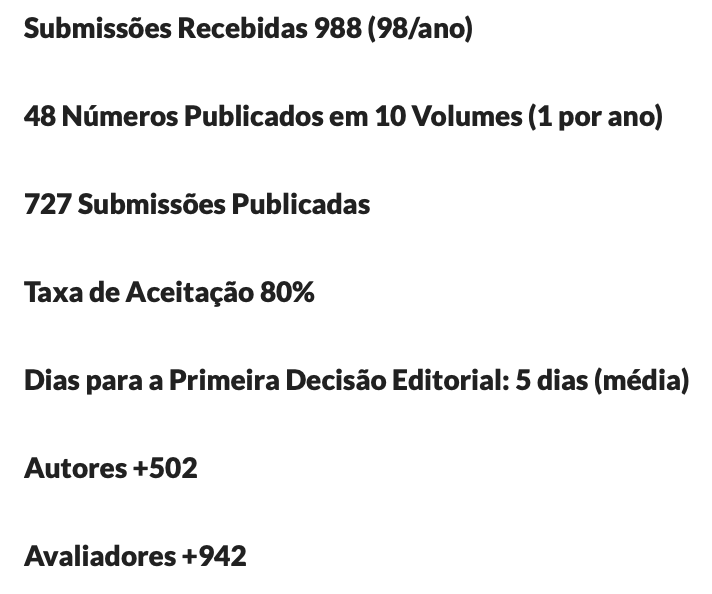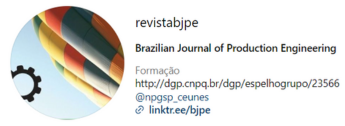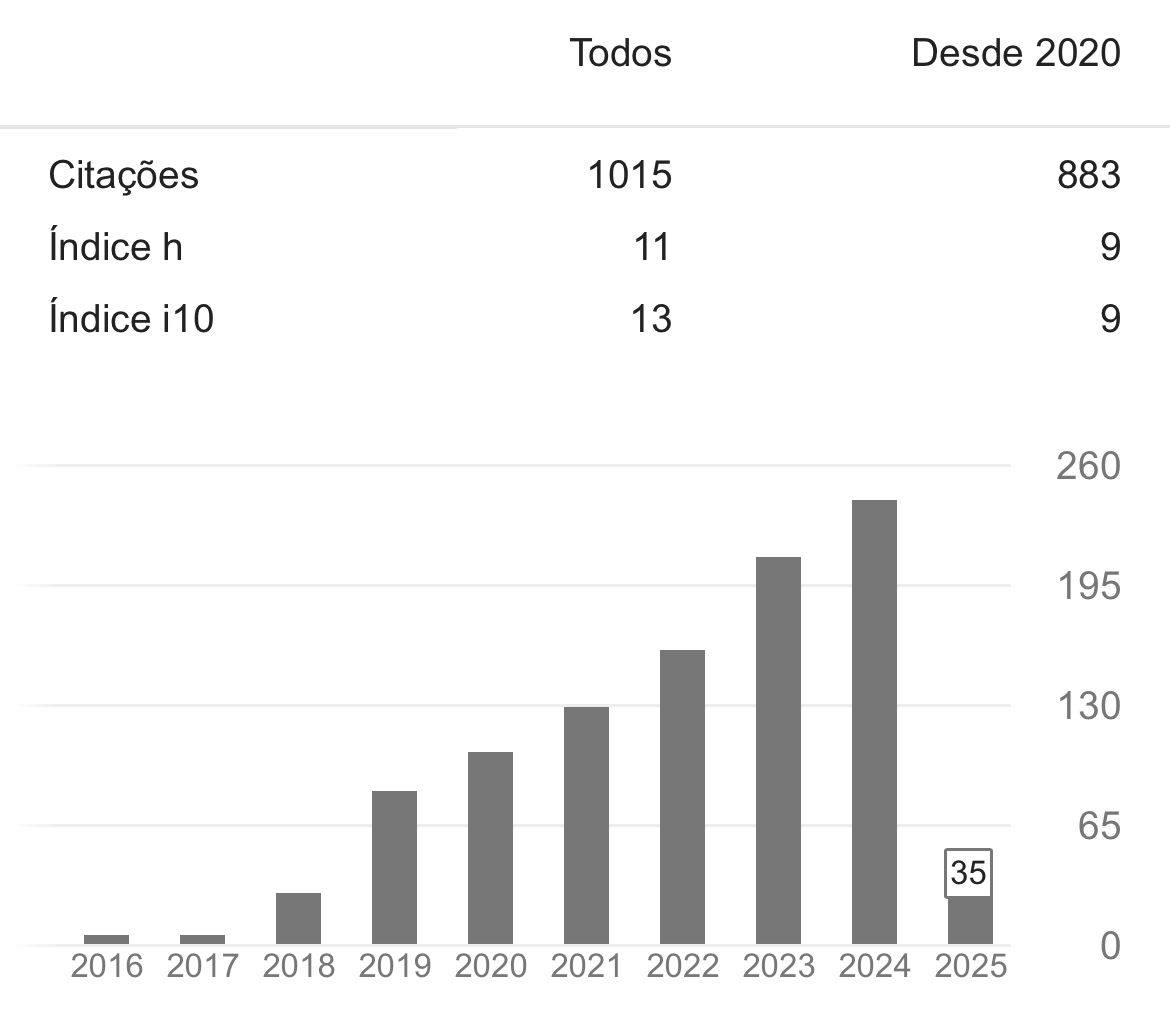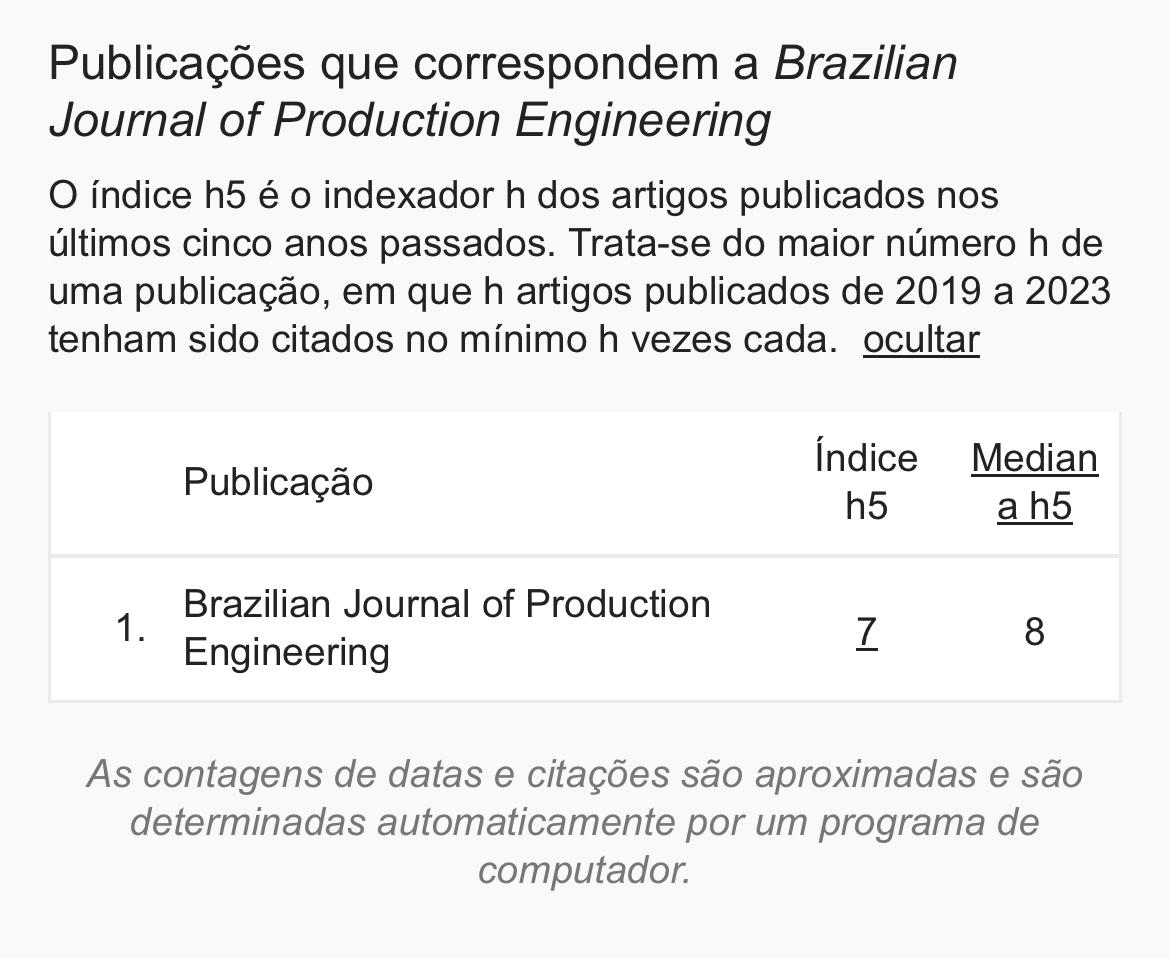Optimization of quick tool changeovers: the SMED methodology in a dental products industry
DOI:
https://doi.org/10.47456/bjpe.v11i1.47361Keywords:
smed, quick tool change, dental industryAbstract
In the face of the challenges of the globalized market, the optimization of production processes becomes crucial. Developed by Shigeo Shingo, SMED stands out in reducing setup time in industrial machines. This research focuses on operational efficiency, especially in reducing setup time, identifying it as a critical point for the dental products company. The study involved collecting data on the setup process, highlighting disassembly, cleaning and assembly of the machine. SMED adopted the separation of activities, elimination of non-essentials and standardization. Proposals included anticipating cleaning and involving two operators. Standardization occurred through Standard Operating Procedures (SOPs) and visual management. Training ensured understanding and adherence. Results showed a significant reduction of more than three hours in setup time, generating savings in production hours and increased efficiency. The study highlights the importance of SMED in improving industrial processes, highlighting benefits such as cost reduction, increased production capacity and flexibility. The successful implementation demonstrated tangible gains in efficiency and productivity.
Downloads
References
Consulenza, E. (1999). Manual de Redução de Setup, São Paulo, Efeso.
Freitas, R. R., Zatta, F. N., Mattos, A. L., Chévez Pozo, O. V., & Gonçalves, W. (2017). Análise de fatores críticos de sucesso para implantação da total productive maintenance (TPM) em organizações industriais. Brazilian Journal of Production Engineering, 3(1), 35-47. Recuperado de https://periodicos.ufes.br/bjpe/article/view/v3n1_04
Hirano, H. (1998). 5S for operators: 5 pillars of the visual workplace. Productivity Press.
Liker, J. K. (2004T). he Toyota Way: 14 Management Principles from the World's Greatest Manufacturer. McGraw-Hill Education.
Leote, M. M. & Pacheco, D. A. J. (2014). Como a Troca Rápida de Ferramentas contribui para a produtividade de Células de Manufatura? Espacios, 35(6), 8. Recuperado de https://www.revistaespacios.com/a14v35n06/14350608.html
Ohno, T. (1997). O Sistema Toyota de Produção: além da produção em larga escala. Porto Alegre: Bookman.
Shingo, S. (1985). A Revolution in Manufacturing: The SMED System. Productivity Press.
Womack, J. P., et al. (2019). Lean Thinking: Banish Waste and Create Wealth in Your Corporation. Simon and Schuster.
Womack, J. P., Jones, D. T., & Roos, D. (1990). A Máquina que Mudou o Mundo: Os Princípios do Sistema Toyota de Produção. Rio de Janeiro: Campus.

Downloads
Published
How to Cite
Issue
Section
License
Copyright (c) 2025 Henrique Granado de Souza, Karoline Guedes (Autor)

This work is licensed under a Creative Commons Attribution 4.0 International License.

















































































